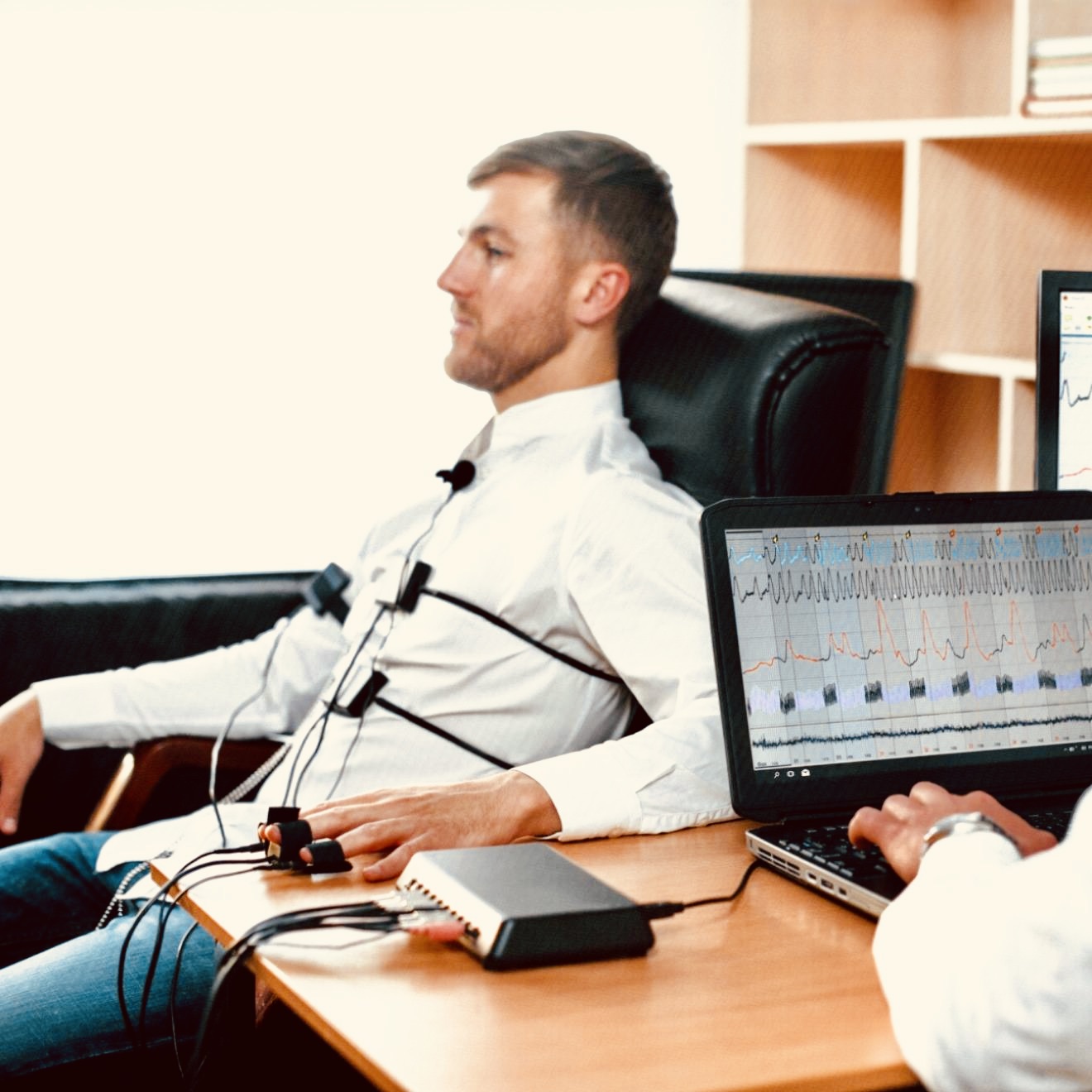Biofeedback
Biofeedback is a powerful therapeutic technique that helps individuals gain control over physiological functions through real-time feedback. This method has proven effective for managing stress, anxiety, and various physical health issues.

Biofeedback, a unique form of psychotherapy, empowers individuals to regulate bodily functions such as heart rate, muscle tension, and brainwave patterns. By using electronic monitoring devices, patients learn to control these functions consciously.
What is Biofeedback?
Biofeedback is grounded in the principles of behavioral psychology and neurophysiology. Biofeedback uses technology to provide real-time data on physiological processes. Techniques such as electromyography (EMG), electroencephalography (EEG), and heart rate variability (HRV) are commonly used to monitor muscle activity, brainwaves, and cardiovascular function, respectively.
Benefits of Biofeedback
Biofeedback offers significant benefits for both mental and physical health. It is effective in treating anxiety, chronic pain, headaches, and hypertension. By enhancing self-awareness and self-regulation, it promotes long-term wellness and resilience.
The Process of Biofeedback
The biofeedback process begins with an initial assessment to identify specific physiological patterns that need adjustment. In a typical session, sensors are attached to the patient to monitor bodily functions, and the data is displayed on a screen. The therapist guides the patient through relaxation techniques or mental exercises, helping them learn to control these physiological responses. Sessions usually last between 30 to 60 minutes and are conducted weekly. The number of sessions required varies depending on individual goals and progress, with many people seeing improvements in 8 to 10 sessions.
Details for Biofeedback
Quality biofeedback therapy involves working with a certified biofeedback practitioner who has specialized training in this field. Progress indicators include improved control over targeted physiological functions and reduced symptoms of the treated condition. Patients should ask about the therapist's credentials, experience, and approach to ensure effective therapy. A supportive and trustworthy relationship between therapist and patient is crucial for achieving optimal outcomes.
How to Get Started with Biofeedback
Finding a qualified therapist for biofeedback involves researching and verifying their credentials. Prepare for your first session by understanding your specific health concerns and being open to learning new techniques. Maximizing therapy benefits involves regular practice, active participation in sessions, and maintaining open communication with your therapist.
Other Information on Biofeedback
Biofeedback therapy requires in-person sessions to use specialized equipment that monitors physiological functions like heart rate, muscle tension, and skin temperature. This real-time data helps patients learn to control these functions. The therapy cannot be effectively conducted over the phone but may be possible through specialized biofeedback software for remote sessions.
Try XYCHIATRY today
- See how it works in real-time. Take a quick self-assessment or walk through a sample patient case. No signup required.

